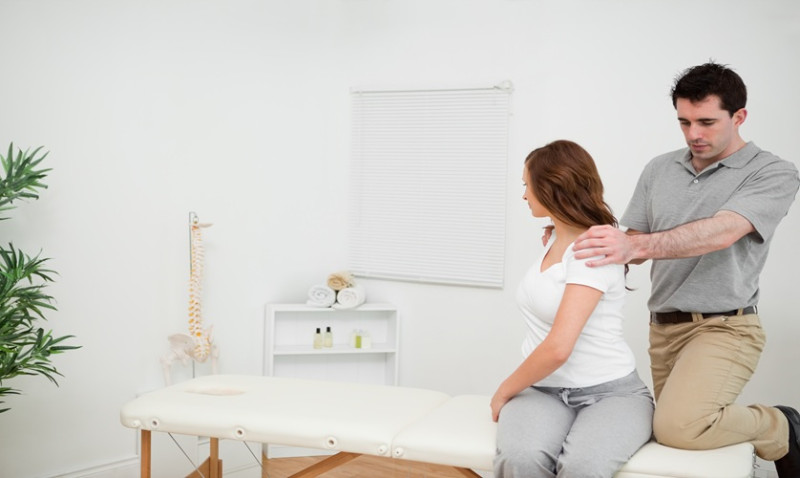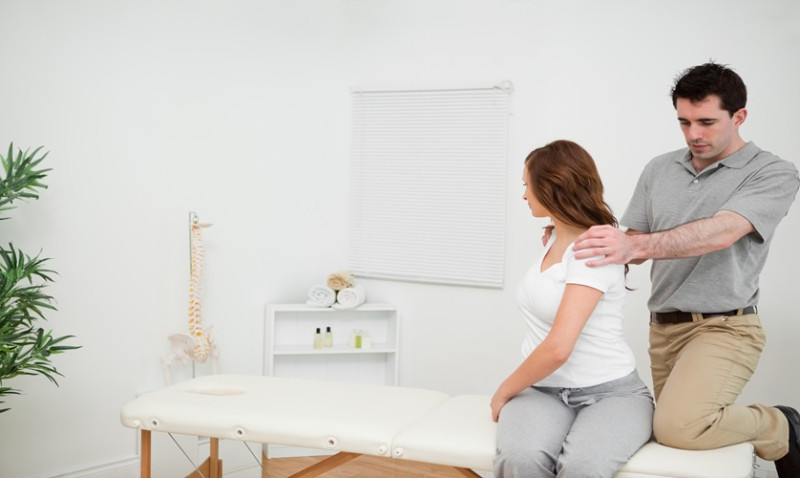
Whether you’re a health professional exploring multidisciplinary approaches or someone interested in how osteopathic and chiropractic techniques can benefit your lifestyle, mastering these practices can open up a world of physical wellness and improved quality of life. Both osteopathy and chiropractic care focus on the musculoskeletal system, but each has its own unique methodology and philosophy. With increasing awareness of non-invasive treatments across the UK, understanding and applying these therapeutic techniques is more relevant than ever—whether you're a professional tradesperson managing physical workloads, a young designer sitting at a desk for hours, or simply someone striving for better posture and health.
In this detailed post, we’ll explore what osteopathic and chiropractic techniques are, the differences between the two, the benefits of applying these techniques in your daily routine, and how mastering them can help prevent future injuries and optimise mobility—especially if you're involved in physically demanding jobs or sedentary work environments common in home renovation, architecture, and design.
What Are Osteopathic and Chiropractic Techniques?
Osteopathy and chiropractic are two distinct branches of manual therapy that deal specifically with the diagnosis, treatment, and prevention of mechanical disorders, particularly of the spine, joints, and muscles. What sets them apart is their underlying philosophy and scope of practice.
Osteopathy, founded in the late 19th century by Dr. Andrew Still, considers the body as an integrated whole, with an emphasis on the musculoskeletal system. Osteopaths focus on how bones, muscles, and connective tissues work together to support your health. Their techniques include soft tissue manipulation, joint articulation, and stretching methods to enhance blood flow and restore balance.
Chiropractic care, introduced by Daniel David Palmer around the same time, homes in more precisely on spinal alignment and nervous system function. Chiropractors believe that misalignments of the spine—called subluxations—can lead to a host of health problems. Chiropractors commonly use high-velocity, low-amplitude adjustments to realign the spine and reduce nerve interference.
Both disciplines are regulated in the UK and require rigorous training and licensing. Understanding the foundation of these techniques will allow you to appreciate their application in both professional practice and everyday life.
Key Differences and Similarities
While these professions overlap significantly, key distinctions shape their methods and effects. The table below summarises essential differences and similarities.
| Aspect | Osteopathy | Chiropractic |
|---|---|---|
| Focus | Whole-body musculoskeletal and circulatory systems | Spine and nervous system alignment |
| Treatment Techniques | Soft tissue massage, stretching, mobilisation | Spinal adjustments, joint manipulations |
| Philosophy | Body is a unit; structure and function are interrelated | Spinal misalignments affect overall health |
| Common Issues Treated | Back pain, posture problems, stress tension, minor injuries | Sciatica, neck/back pain, migraines, disc issues |
| Training in UK | Recognised M.Ost degree (4-5 years) | BSc/MSc Chiropractic degree (4-5 years) |
In practice, many health professionals may use elements from both fields to treat a range of musculoskeletal conditions. As someone seeking to master these techniques—whether professionally or for self-care—the best approach often lies in understanding how both methodologies complement one another.
Benefits of Integrating Techniques into Daily Life
One of the most practical aspects of osteopathic and chiropractic methods is their surprising applicability in daily life. You don’t have to be a qualified practitioner to benefit from the philosophies behind these techniques. For instance, being mindful of your spinal posture while working at a design desk or lifting DIY materials can align you with these practices immediately.
Osteopathic techniques can teach you how to stretch effectively, reduce muscular tension, and improve circulation—all great aids in recovering from long hours of physical labour or sedentary work. By applying these techniques regularly, you can relieve discomfort and improve your flexibility, sleep, and stamina levels.
Meanwhile, chiropractic awareness helps you understand the critical role your spine and nervous system play in physical performance and mental wellbeing. Simple approach changes like using lumbar supports, adjusting monitor height, or sleeping on the right mattress can mimic chiropractic benefits by promoting spinal health.
Professionally, if you’re a tradesperson, estate developer, or interior architect, applying osteopathic and chiropractic principles can help reduce downtime due to back injuries or repetitive strain. It can contribute to longer, healthier careers and higher productivity levels.
Learning and Mastering the Basics at Home
While hands-on treatments must be performed by qualified practitioners, there are several foundational skills and habits you can adopt that reflect osteopathic and chiropractic philosophy. For example, incorporating foam rolling, guided mobility work, correct body mechanics when lifting or bending, and core strengthening exercises can replicate many therapeutic benefits.
Online courses, books, and practitioner-led workshops across the UK (and even virtually) can offer valuable guidance. These resources break down techniques into accessible movements that can be safely practiced at home or onsite at work. Designed not only for health students but also for proactive individuals, they often include posture training, fascia release work, and spinal mobility drills.
Furthermore, many modern osteopaths and chiropractors share videos, online resources, and consultative advice via social media platforms. Don’t underestimate the value of learning from experts through credible digital resources.
If you're redecorating your home or working long hours in physical construction or at your desk, a disciplined approach to spine alignment can radically improve your workflow efficiency and physical recovery.
When to Consider Professional Help
Although self-applied techniques can be powerful, there are situations where professional assessment is essential. Persistent pain, chronic posture issues, mobility restriction, or nerve-related problems like tingling or numbness should always prompt a visit to a qualified osteopath or chiropractor.
Buying time now to correct musculoskeletal problems could prevent serious issues later on that might interrupt your work on interiors, architectural planning, or onsite installation projects. Plus, treatment plans designed by UK-registered osteopaths or chiropractors are often tailored specifically to your job or lifestyle.
Think of it as investing in the hardware of your body—especially if your daily habits involve kneeling, heavy lifting, or long desk-based hours. Regular check-ins with manual therapists can amplify your self-taught techniques and ensure they’re doing more good than harm.
It’s this dual approach—knowledge and professional monitoring—that constitutes true mastery.
Making These Techniques Part of Your Professional Toolkit
If you’re an architect, designer, or tradesman in the UK, your body is part of your toolkit. Like any other tool, it requires regular calibration and care. Understanding osteopathic and chiropractic techniques enables you to treat your physical health with the same precision and care you apply in your creative and professional work.
Plus, as a DIY enthusiast or a professional guiding clients through the redesign of their home or workspace, you can suggest ergonomic furniture placements, recommend movement-friendly layouts, or even select flooring materials that minimise standing fatigue—subtle but substantial ways of translating musculoskeletal awareness into design functionality.
In short, mastering these techniques isn't just about health; it’s about integrating smarter physical strategies into everything you do—from project planning to execution, and even your rest and recovery periods.
Want to take things to the next level? Work with a qualified practitioner to design your own stretching or spinal care protocol based on your job demands. It'll pay off on both a professional and personal level.
Conclusion: Unlock a Stronger, Smarter You
Mastering osteopathic and chiropractic techniques allows you to respond intelligently and proactively to the physical demands of modern life. Whether you work with your hands, sit at a desk for hours on end, or stretch yourself thin managing home renovations and everyday stressors, these evidence-based approaches can keep your body moving freely and efficiently.
For UK residents across sectors—from DIY fans and design-led homeowners to hard-working tradespeople—these manual therapy methods are more than treatment. They’re tools for daily life. Practice them regularly. Integrate them thoughtfully. And don’t hesitate to consult a seasoned professional to guide you along the way.
Health isn’t just about fixing what’s wrong; it’s about building what’s strong. Start today.






